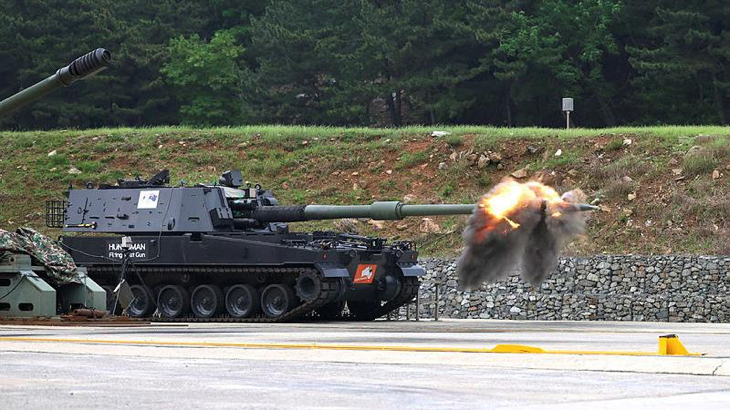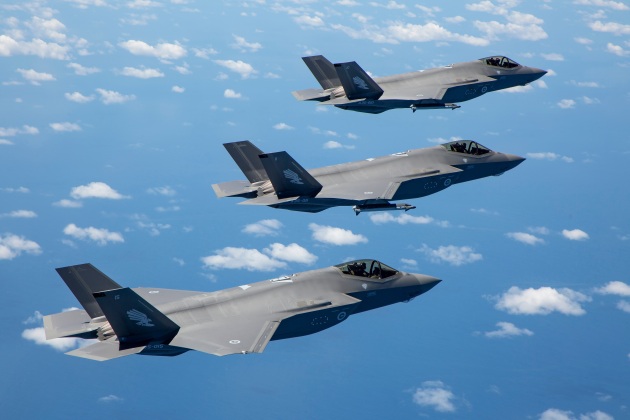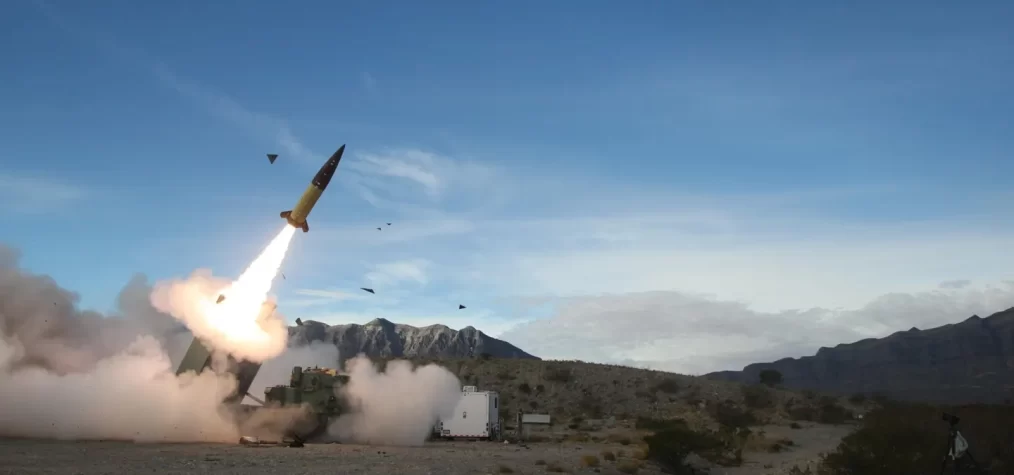The Australian Army is nearing completion of tests for the AS9 Huntsman self-propelled howitzer, featuring a three-round burst and automated loading capabilities, in South Korea. Two AS9s, modelled after the South Korean K9 Thunder, and an AS10 armoured ammunition resupply vehicle have been acquired from South Korea. Additionally, a new Hanwha Defence Australia factory near Avalon, Victoria, is under construction for the production of the remaining 42 vehicles, set to commence in Australia late this year.
Hanwha Defence Australia has collaborated with the Australian Defence Force (ADF) to integrate Australian 155mm shells, including the new Rheinmetall Assegai munitions. Major Brendan Kelleher, part of the project team under Land 8116, emphasized that the ongoing tests are crucial to ensuring the compatibility and safety of the Australian ammunition with the Korean cannon.
Once compatibility is established, subsequent tests will focus on collecting ballistics data required for using the AS9 with the Advanced Field Artillery Tactical Data Systems, utilized for calculating and coordinating firing. Further testing in Australia will concentrate on evaluating the vehicle’s protection against small arms fire and shrapnel. This includes shooting slugs into metal samples to understand the levels of protection.
Recent blast testing in Israel involved a full-size AS9 hull fitted with crash test dummies, cameras, and sensors. An explosive charge was detonated at the base of the vehicle to simulate the effects of a land mine. The results of these tests will inform design changes aimed at ensuring the vehicles provide the necessary protection and survivability for soldiers.
Major Kelleher expressed positive feedback from other users, noting their impressions of the platform’s maturity and ease of use. The AS9 represents a significant increase in range and lethality compared to the in-service towed howitzer, thanks to the longer cannon and higher rates of fire. For junior gunners and non-commissioned officers, managing both a cannon and an armoured vehicle presents a challenging yet exciting step up, likely with greater autonomy than they might have on a normal gun line.
Hulls and turrets for the AS9 will be manufactured by Elphinstone, a company located on the north coast of Tasmania. The first AS9 to be completed in Australia is expected to roll out by the end of 2025.











